10 Massive Insects That Are Actually Real
Description
10 Massive Insects That Are Actually Real
If you're new, Subscribe! → http://goo.gl/djmfuX
Facebook: https://www.facebook.com/Top5BestShow
Top 5 Best is the #1 place for all your heart warming stories about amazing people that will inspire you everyday. Make sure to subscribe and never miss a single video!
Leave a like for more shark tank, pawn stars, dr. phil, and other tv show business content. On Top 5 Best, we like to help you in mindset productivity, whether it's how to make more money videos, or going over the biggest mansions in the world, we show everything here! Make sure to subscribe for more amazing videos everyday!
Here’s a fast fact for you; there are more insects than humans in this world. Now while most of them are
tiny, some of them are actually quite massive. Today we’ll be looking at 10 massive insects that are
actually real. Stay tuned to meet the number one guy on our list, and be thankful that it’s already
extinct.
Number 10. The Titan Beetle
The Amazon rain forest is home to many creatures, both large and small, but especially large insects. But
when it comes to Amazonian giant insects, none of them compares in length to the titan beetle, Titanus
giganteus. The titan beetle is the largest known beetle in the Amazon rain forest and one of the largest
insect species in the world. They can grow up to 6.6 inches in length.
Its size is not only for show, with its stature comes great strength as well. This gargantuan insect has
mandibles that can easily snap a pencil in half, and reportedly they can rip into human flesh, if it decides
to do so, of course.
As big as they are, it is believed that these insects don’t eat. Although we don’t know much about these
creatures, people have observed them refusing to eat or drink, although it must be said that these were
captive beetles.
while still in their larval stage, like some smaller beetle species.
Believe it or not, this beetle is actually a draw for adventurous tourists, and many ecotourism agencies
in South America advertise pictures of them in their pamphlets. Like many beetles, the titan beetle can
emit a loud hissing sound when it is threatened.
Number 9. The Giant Water Bug
These enormous insects, also known as toe-biters and alligator ticks, can reach lengths rivaling some of
the largest beetles in the world. Giant water bugs can grow as long as 4 inches.
Known as voracious predators in the streams and ponds where they live, giant water bugs can deliver a
painful bite, hence the reason for their nickname "toe-biters”, with their giant pincers. When they grab
their prey, they use their beaks to inject them with poisonous digestive juices. They wait a few minutes,
then suck up the resulting liquid dinner. Think of it as the most disgusting milkshake you’ve ever tasted
Nonetheless, in Thailand they are considered good eating, and are often attracted, harvested and
collected using black lights which draws in the insects.
Number 8. The Giant Burrowing Cockroach
Cockroaches are the bane of my existence. I have yet to see anybody not cower at the sight of a flying
cockroach, and those are just normal sized roaches.
The giant burrowing cockroach, also called the rhinoceros cockroach and the litter bug, is the largest and
heaviest cockroach in the world, weighing up to 30 grams and reaching 3 inches in length. These
smooth, shiny brown cockroaches never have wings and live in permanent burrows in the soil where
females care for their young. They can be found in open forests in northern Queensland.
Oddly enough, this is one roach you may want to keep around. Unlike other cockroaches, the rhinoceros
cockroach doesn't have wings, isn't.
Number 7. The Tarantula Hawk
Contrary to its name, the tarantula hawk is not a large bird of prey, it does, however, live up to the
second part of its name. At just under two inches long, these enormous wasps are so large and ferocious
that they are capable of hunting and feeding on tarantulas. According to scientists, female tarantula
hawks like to tackle tarantulas because the spiders' large size makes them a perfect meal for the wasp's
larger-than-average offspring. Tarantula hawk wasps have to drag the sleeping spider – which can be up
to eight times their weight – to a burrow, lay an egg on the tarantula and seal up the tunnel.
Number 6. The Atlas Moth
Common across the Malay Archipelago, these bird-sized insects are considered the largest moths in the
world. They are so big that their cocoons are occasionally used as purses in Taiwan.
The total area of their wings can measure more than 60 square inches and their wingspans can measure
at least 1 foot in length. They can also be over 1 inch thick!
Despite their size, this is one moth that won’t eat your clothes to shreds. These giants actually have no
mouths and don’t eat once emerging from their cocoons.
family friendly pg clean
#viralstory #amazingpeople #top5best

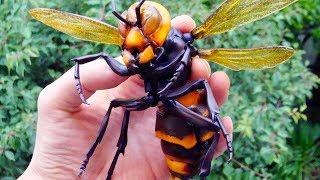
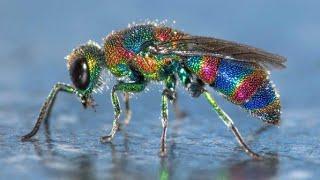

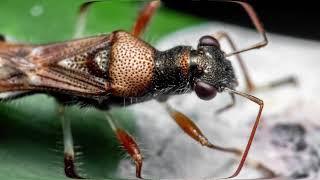


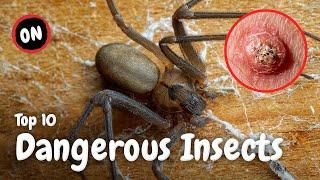
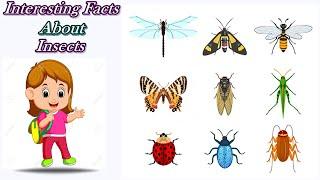

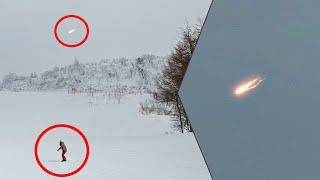
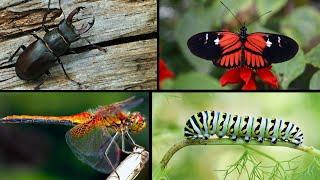

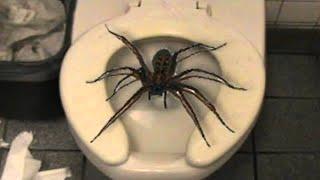
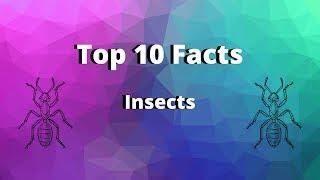






Comments